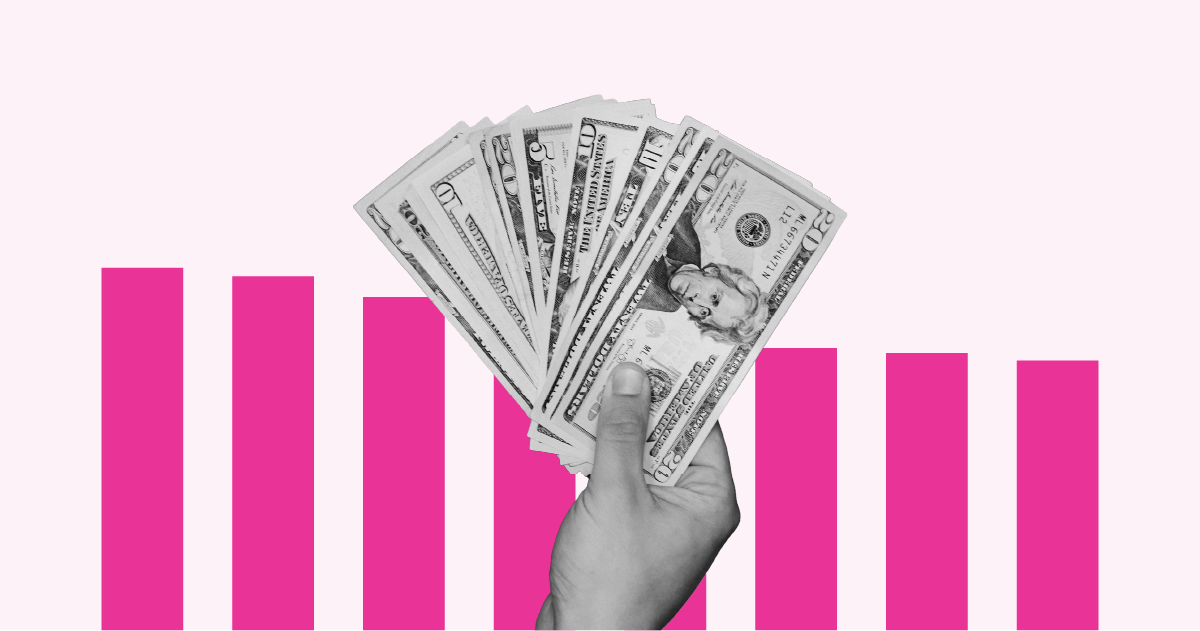Economy
What is the median household income in the US?

Presidential candidate Joe Biden recently released the fourth pillar of his Build Back Better agenda focusing on advancing racial equity amidst the nation’s economic recovery from COVID-19. One of the plan’s proposals aims to expand access to homeownership and affordable housing among minority communities.
The US homeownership rate is defined as the number of owner-occupied housing units divided by the total number of occupied housing units. According to data from the US Census Bureau, the homeownership rate in the US was 64.6% in 2019, down from its peak of 69% in 2004 before the 2008 financial crisis.
Homeownership in the US varies significantly by race and ethnicity. In 2019, the homeownership rate among white non-Hispanic Americans was 73.3%, compared to 42.1% among Black Americans. This 31.2 percentage point difference was the largest gap since the Census’ time series began in 1994. Between 1994 and 2019, the white homeownership rate increased by approximately 3.3%, while the Black homeownership rate declined by 0.2% over the time period.
While homeownership was lowest among Black Americans, other race groups also owned homes at lower rates than white Americans in 2019. The homeownership rate was 47.5% among Hispanic or Latino Americans, 50.8% among American Indians or Alaska Natives, and 57.7% among Asian or Pacific Islander Americans. But in contrast with the rate among Black Americans, some groups experienced increases in homeownership since 1994. Homeownership rates increased by over six percentage points among both Hispanic or Latino and Asian or Pacific Islander Americans.
Homeownership is a major component of individual wealth in America, and racial disparities in homeownership therefore play a role in determining how wealth is distributed across demographic groups.
Explore more on standard of living in the US and get the data directly in your inbox by signing up for our newsletter.
Newsletter
Keep up with the latest data and most popular content.